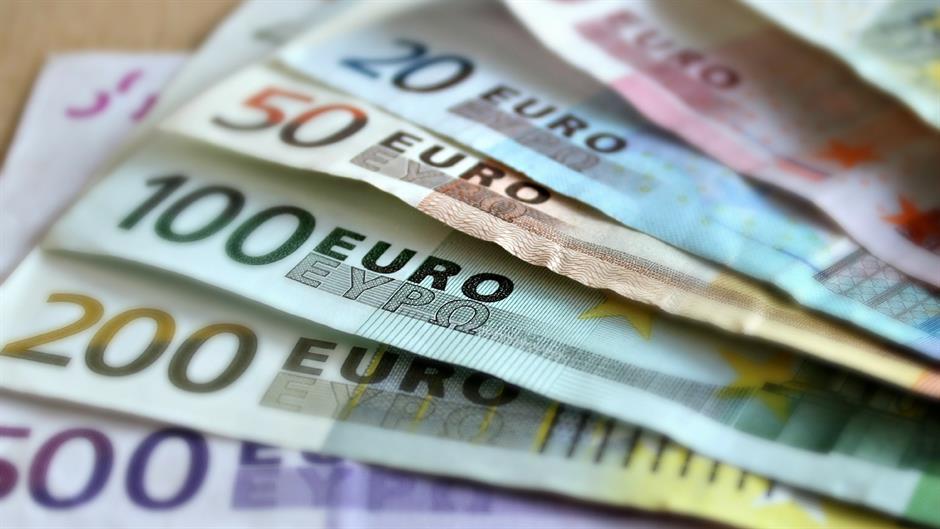
Croatia's gross foreign debt was €40.2 billion at the end of April 2018, down by €1.8 billion or 4.3 percent compared to April 2017, continuing its decline since the end of 2015, according to figures released by the Croatian central bank on Thursday.
The decrease was mostly due to continued deleveraging of general government and other domestic sectors, which account for 35.1 percent and 33.7 percent of the foreign debt respectively, Raiffeisenbank Austria (RBA) analysts said in their comment of the official data.
General government gross foreign debt dropped by 1.1 percent to €14.1 billion, continuing its decline since March 2016.
Higher than expected fiscal indicators and relatively favourable borrowing terms resulted in the further decline of the general government's foreign debt, and the increased government focus on financing in the domestic market, analysts added.
The gross foreign debt of other domestic sectors was €13.5 billion, down by 7.8 percent compared with April 2017.
A considerable impact on the reduction of the gross foreign debt of other domestic sectors came from private companies, whose debt at the end of April 2018 slid by 6 percent to €9.7 billion.
Financial sector's deleveraging continued in April, reaching €4.1 billion at the end of April, down by 12 percent year-on-year. The banking sector's deleveraging is the result of relatively cheaper domestic deposits, high domestic liquidity, and still subdued demand for loans, RBA analysts said.
Croatia's gross foreign debt was €40.2 billion at the end of April 2018, down by €1.8 billion or 4.3 percent compared to April 2017, continuing its decline since the end of 2015, according to figures released by the Croatian central bank on Thursday.
The decrease was mostly due to continued deleveraging of general government and other domestic sectors, which account for 35.1 percent and 33.7 percent of the foreign debt respectively, Raiffeisenbank Austria (RBA) analysts said in their comment of the official data.
General government gross foreign debt dropped by 1.1 percent to €14.1 billion, continuing its decline since March 2016.
Higher than expected fiscal indicators and relatively favourable borrowing terms resulted in the further decline of the general government's foreign debt, and the increased government focus on financing in the domestic market, analysts added.
The gross foreign debt of other domestic sectors was €13.5 billion, down by 7.8 percent compared with April 2017.
A considerable impact on the reduction of the gross foreign debt of other domestic sectors came from private companies, whose debt at the end of April 2018 slid by 6 percent to €9.7 billion.
Financial sector's deleveraging continued in April, reaching €4.1 billion at the end of April, down by 12 percent year-on-year. The banking sector's deleveraging is the result of relatively cheaper domestic deposits, high domestic liquidity, and still subdued demand for loans, RBA analysts said.
The gross foreign debt is expected to continue declining for the rest of the year, thanks to decreasing debt in all key sectors of the economy. Coupled with the projected economic growth in 2018, the foreign debt-to-GDP ratio is likely to drop below 80 percent at the end of the year.
The gross foreign debt is expected to continue declining for the rest of the year, thanks to decreasing debt in all key sectors of the economy. Coupled with the projected economic growth in 2018, the foreign debt-to-GDP ratio is likely to drop below 80 percent by year's end.
Follow N1 via mobile apps for Android | iPhone/iPad | Windows| and social media on Twitter | Facebook.
Kakvo je tvoje mišljenje o ovome?
Pridruži se raspravi ili pročitaj komentare



 Srbija
Srbija
 Bosna i Hercegovina
Bosna i Hercegovina
 Slovenija
Slovenija







